Graham Reid | | 2 min read
Shampoo: Nowhere Man
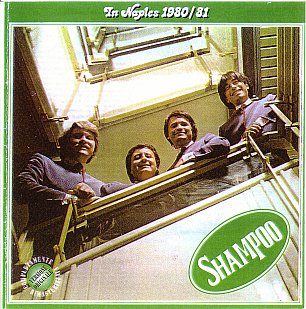
Let’s be honest, Italian opera might be wonderfully transcendent -- despite Oasis’ Noel Gallagher dismissing Placido, Carreras and the Big Pav as “three fat blokes shouting” -- but Italian pop/rock hasn’t made it internationally.
A book entitled Famous Italian Bands would be slim indeed -- and wisely not include the unfortunately-named Shampoo who did note-perfect Beatles covers and parodies. On the cover of their ‘80 album In Naples they posed as the Beatles did on Please Please Me . . . 17 years previous.
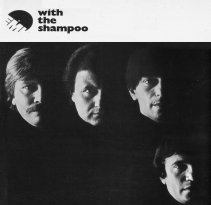
Too typical.
For decades Italian groups simply mimicked what had happened in the rest of the world: bands with scrupulously coiffed hair smouldered sensually on album covers or, as became the unfortunate fashion in the 70s, revealed an alarming amount of chest-hair and gold medallions.
Women singers -- draped around guitars or guitarists, like seductively bohemian students -- were no better.
This un-hip homegrown scene is strange, given how many Italian-Americans contributed to the development of popular music. From Dion (“why must I be a teenager in love” in the 50s); through the Four Seasons and the Young Rascals in the 60s; 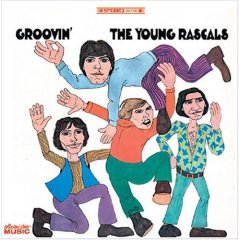 and on to Bon Jovi, Madonna and Gwen Stefani today, Italian-Americans were ground-breaking global artists.
and on to Bon Jovi, Madonna and Gwen Stefani today, Italian-Americans were ground-breaking global artists.
Not to mention the whole Frank Sinatra/Dean Martin/Tony Bennett school.
Rock writer Piero Scaruffi argues that for decades Italian pop’n’rock trailed the rest of the world because popular music in Italy was dominated by folk tradition. So it was all melodic ballads, and singers conforming to the expectations of their genre.
O Sole Mio . . . meet Elvis‘ It‘s Now or Never.
It wasn’t until the street uprisings of 1968, when classically-trained musicians joined the worker-student revolution, that Italian popular music came into its own. Then it developed into innovative prog-rock (progressive rock) and jazz-rock bands such as the Pink Floyd-like Il Balletto Di Bronzo, and the politicised Area. Some of this was socialist agit-rock, some of it rock’n’roll suites in the manner of the classical genre, and most of it -- in retrospect -- just overblown and boring.
But that was then . . . and this is now.
Today Italy bristles with exciting hip-hop (rap-rocker Caparezza from Puglia, Rome’s rappers Cor Veleno), and hardcore rock which grew out of the visceral scene of the 80s and 90s. (Metal-rockers with typically expressive names such as Timebomb and The Fourth Sin). While visitors to The Boot seduced by the art-tourism of Florence and Rome, frock-shops of Milan, or the canals of Venice might not seek out performances by Slok, Mo’Plen or Voo Doo Funk, it needs to be admitted that these cooler-than-thou artists redefined retro/space age lounge music in the late 90s. 
Although unfortunately the rest of the world wasn’t listening.
That’s the problem with Italian popular music -- it hasn’t been popular beyond Italy. Yet Black Mighty Orchestra’s To The Sky from 2000 is essential in any serious music collection.
But those artists -- plus alt.rock acts like Bugo whose double CD Golia and Melchiorre of three years ago is terrific in any language -- are worth seeking out. And browsing through a CD store or a second-hand vinyl shop in Naples or Milan might just take you closer to Italian music and its followers than having fat blokes shout at you.
.

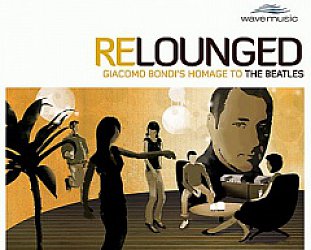

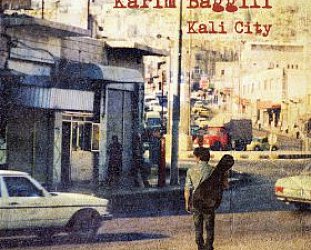

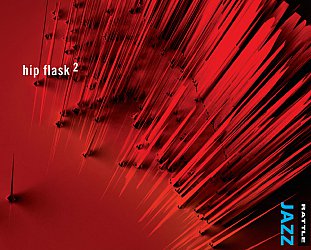

post a comment